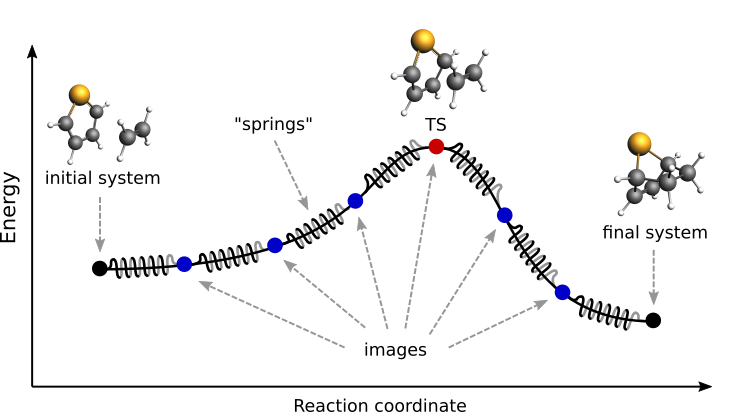Say i have a rubber band wrapped around 2 pegs at a certain distance and at that distance i know the pounds of force per inch it is pulling at.
Rubber band force constant.
The rotational spring constant for this thicker band is not surprisingly higher than the normal sized rubber band with a value of 4 92 x 10 4 n m.
Individual 4 carbon backbone units are forced into rotational conformations that have longer end to end distances and this restricts the number of conformations states that are thermally accessible.
F which represents force k which is called the spring constant and measures how stiff and strong the spring is and x is the distance the spring is stretched or compressed away from its equilibrium or rest position.
H e pv fd è q w pv fd if we heat the rubber band with a weight attached the force f is constant but the band contracts.
The rubber band that stretches the least for a given weight applied force has the greatest spring constant.
For example a thicker rubber band should have a larger spring constant due to its larger cross sectional area.
The sign is there because the force is taken to be positive as is the pressure but the force of the rubber band is in the opposite direction of the force on a piston pulling in instead of pushing out.
From the experiment i did my force was equal to 0 0686n 0 00196n and my x rubber band stretch was equal to 0 003m 0 002.
The variables of the equation are.
A rubber band is a single molecule as is a latex glove.
The question asks to determine the force constant k k.
If you had rubber bands of the same cross sectional area then the one that stretches the least also.
After you get the rubber band stretched just a little bit it is very spring like.
Yes and no rubber bands have a linear proportionality between the load and extension only till a certain limit is reached differs from the elastic limit of a spring for instance a 10 increase in stretching force will make a typical rubber band 10 longer however when rubber bands are stretched to twice their original size or more the.
For example if the pegs are placed such that the band is stretched to 52 inches the force the bands apply to the pegs are 57 6 lbs per inch.
In this experiment you can check this prediction and investigate the way in which hooke s law applies to rubber bands.
In this case the linear function fitting the straight part of the data gives a spring constant of 17 38 n m.

